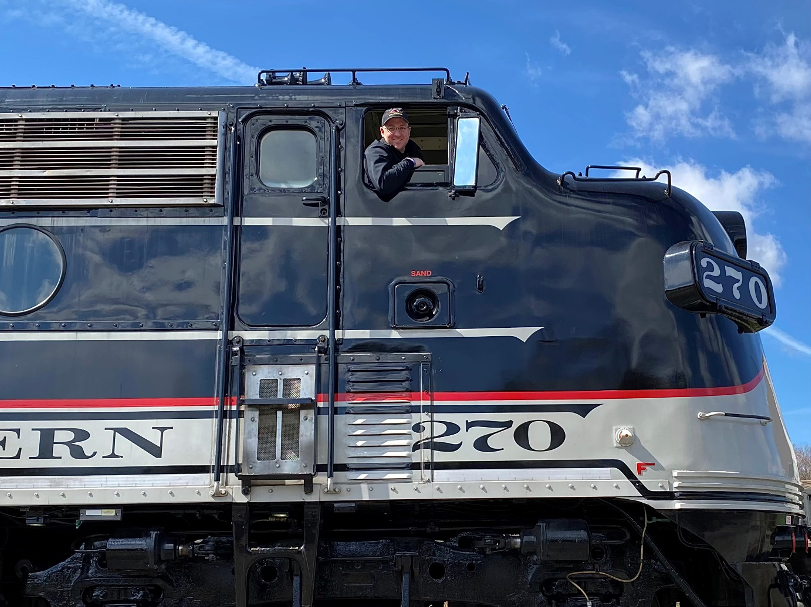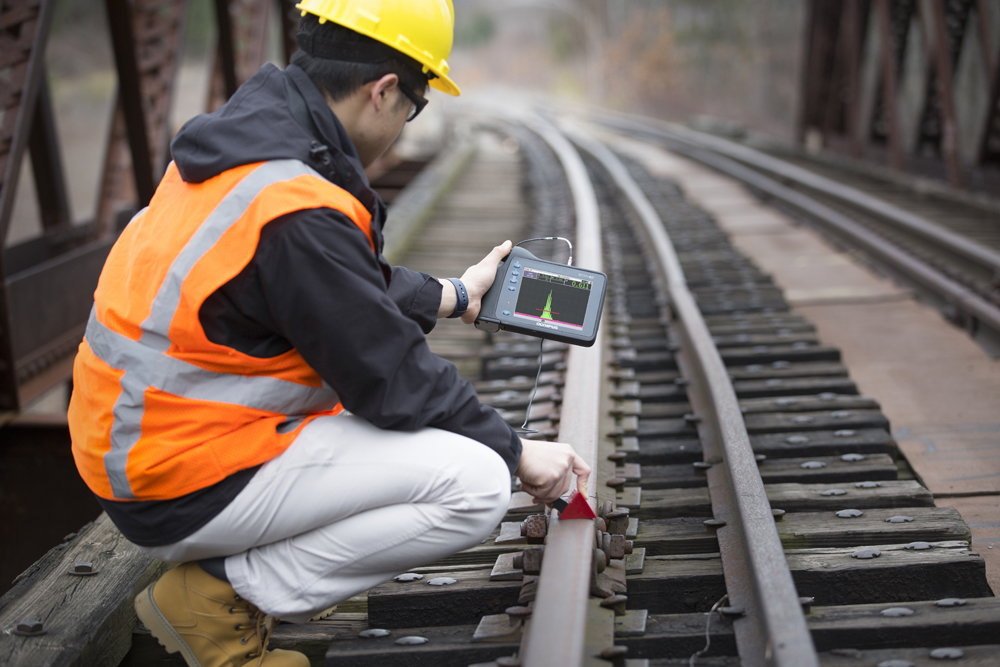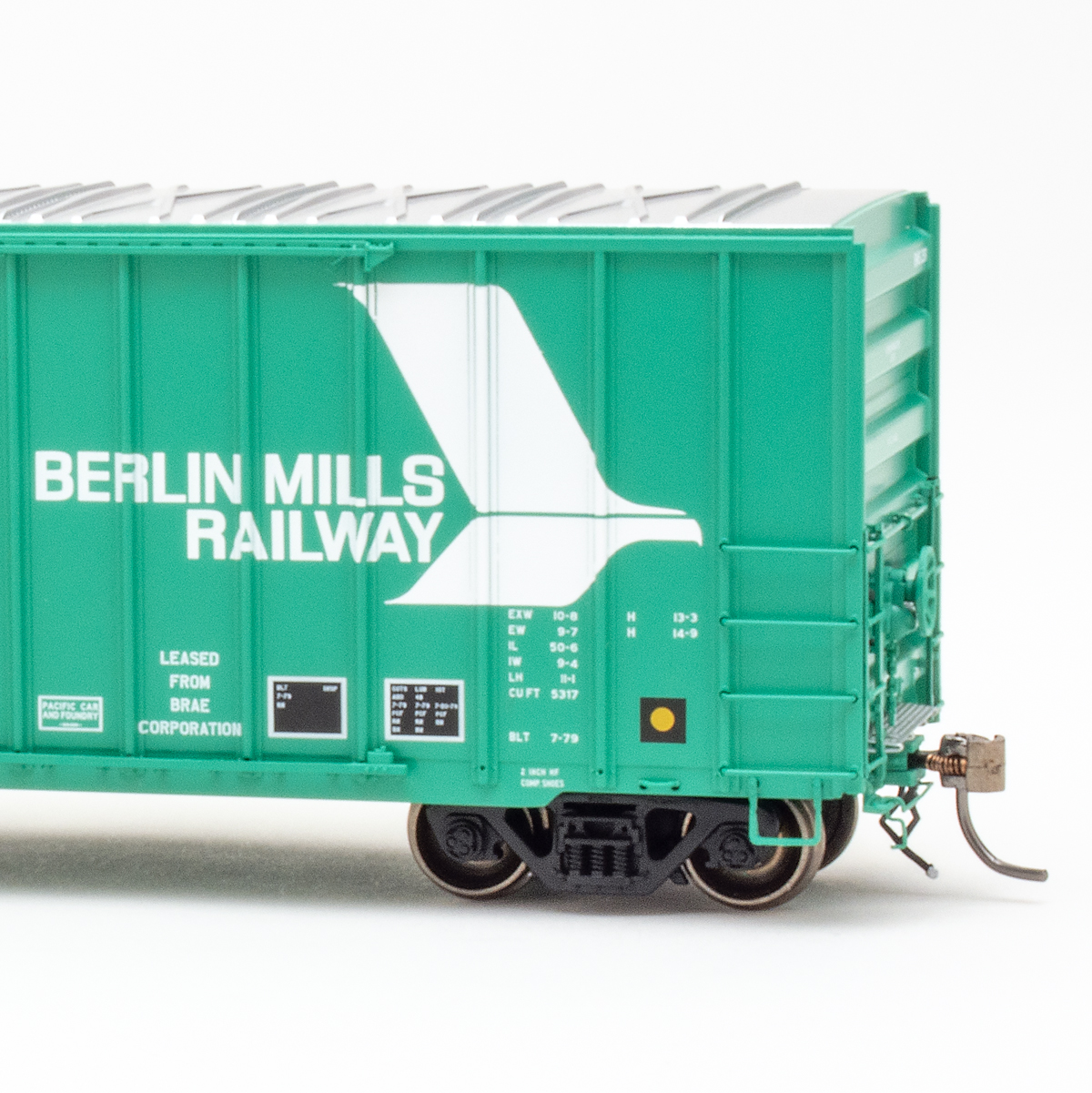Late in 2019, CP purchased CM&Q – a regional railroad connecting Quebec and northern New England and consisting primarily of former CP and Bangor & Aroostook trackage – for $130 million. The company is held in a blind trust while federal regulators review the sale of the American portion of the railroad. In its application to the STB, the CP argued that the acquisition was a “minor” transaction and therefore would not impact competition in the region.
However, on Feb. 18, attorneys representing Pan Am filed comments stating the railroad was concerned that the transaction would impact its operations in Maine and was requesting trackage rights on CM&Q between Northern Maine Junction (near Bangor) and Brownville Junction. Since 2015, Pan Am has been working with CM&Q to ship freight via the former Bangor & Aroostook to avoid the former Maine Central Mattawamkeag Branch, which is currently in poor condition. The move created efficiencies by essentially eliminating Pan Am’s interchange at Mattawamkeag with Eastern Maine Railways (one of three railroads owned by J.D. Irving). But Pan Am worries that if CP does takeover CM&Q it will no longer be interested in continuing the haulage agreement. While PAR could reopen its Mattawamkeag interchange, the railroad is requesting instead that the STB grant it trackage rights north to Brownville Junction so that it could interchange with Eastern Maine and Maine Northern (another J.D. Irving railroad) there.
The other complaint, also filed on Feb. 18, came from Robert J. Keach, the court-appointed trustee of the MM&A, which had owned the railroad until it went bankrupt following the 2013 Lac-Mégantic, Quebec, oil train disaster. In it, Keach argued that the STB should hold its approval until litigation involving CP and victims of the Lac-Mégantic incident has been resolved. According to the filing, CP is one of the only entities that has not settled or contributed to a victims’ compensation fund. The Class 1 railroad was sued following the derailment because the doomed oil train originated on CP.
“The application presents the board with a request by one of the only two parties potentially responsible for the Lac Mégantic derailment not to have settled and contributed to the fund that compensates the victims of that disaster,” the filing states. “Viewed solely from this stark perspective, the proposed acquisition could hardly be more troubling.”
The trustee goes on to question CP’s ability to safely run trains, particularly oil trains, through the region. As part of the filing, attorneys included newspaper clippings of stories regarding recent CP derailments, including a recent oil train derailment and explosion in Saskatchewan. The filing concludes that the STB should hold off on approving the sale until CP improves its safety record.
It is unclear what effect the comments from Pan Am and MM&A will have on the STB’s decision. However, if everything goes according to CP’s plan, the deal is expected to be approved sometime in the spring.
In 1995, CP sold its mainline to the Maritimes to Iron Road Railways and J.D. Irving. Iron Road merged its portion of the CP with the Bangor & Aroostook. In 2002, Iron Road sold the railroad to Ed Burkhardt’s Rail World Inc., which renamed it the Montreal Maine & Atlantic. The MM&A struggled through the 2000s, thanks in large part to the decline of Maine’s paper industry. In 2010, MM&A sold a large chunk of the former Bangor & Aroostook to the State of Maine that in turn leased it to J.D. Irving. In July 2013, an MM&A oil train derailed and exploded in the small town of Lac-Mégantic, leveling more than 30 buildings and killing 47 people. The railroad filed for bankruptcy a month later and in 2014 it was sold to Fortress, which created CM&Q.














Oil must flow from Alberta to the New Jersey refineries.
Just another foreign purchase.I do not blame Pan Am in light they are actually based in this country
Link to the TSB report on the Megantic disaster: https://www.tsb.gc.ca/eng/rapports-reports/rail/2013/r13d0054/r13d0054-r-es.html
If I recall correctly, I believe the engineer asked his manager if they wanted him to go up to check on the situation, and was told to get his rest. Perhaps the call out would trigger more pay, or the delayed start of rest would mean his availability for the return train would be later and interfere with the operating plan. The railway employee who went to the scene was from the track department.
@Paul Bouzide sez:
“And I haven’t even mentioned the locomotive fire which STILL didn’t cause any qualified MN&A personnel to check out and remediate the situation…”
True, the same engineer who hadn’t adequately set the hand brakes, also told the fire department not to turn off the engine because while there was a fire, it was still controlling the air brakes.
As for CP’s liability, they were the original carriers of the oil tankers and were responsible to make sure it was safe to carry by identifying the contents properly. CP has had some other issues in accepting privately loaded content that causes mishaps somewhere else in their network.
I am not aware of anything legal in the works, but it could be CP has legal action against the oil distributor in Williston who handled the tank loading. They want that to settle with the insurance before setting out a liability of their own. You know the blame always points backwards.
I wonder why railroads don’t carry a set of chocks with the engine (or on the last car) so that if they do get into a situation similar to this, the engineer can simply place chocks behind the last set of wheels and clamp it to the rail.
JOHN RICE – Not having read any formal reports of the incident, I can only react to what is posted here by persons such as yourself. Let’s go to your second paragraph, beginning with the word “true, the….” The compressor in the locomotive RELEASES the air brakes, as we all know. With the locomotive parked (on a down slope) we’d rather the brakes be ENGAGED. Engaged brakes are more secure with the locomotive stood down or better still if the locomotive disappeared. So JOHN RICE, if what you post is accurate and on point, the engineer (the sole crew member) had his head in a serious fog.
I put myself in the place of the sole crew member. As I have been frequently told by everyone from family to employers, I’m a big picture, long-term thinker prone to serious lapses of short-term concentration. In other words, I’d make a lousy locomotive engineer and would never have been hired as such (or so we hope). But am I so different from everyone else? We’re all human, aren’t we? In this incident we have a possibly fatigued engineer at the end of his shift looking forward to a meal and a night’s sleep. His one remaining task, setting the brakes, is different from what he’s been doing all during his shift. There’s no one else to check on his work.
I’m well aware that we have one-person everythings. One-person fighter pilots. One person lathe operators. One teacher in a classroom. One physician making decisions for the treatment of a seriously ill patient. One person at the police/ fire dispatcher desk. One-person drivers on commuter trains with frequent stops and starts.
In my own career before retirement, I pretty much worked without backup or anyone checking my work. However my career was at the polar opposite environment from driving a freight cross-country. A freight train on the long haul is prone to causing fatigue and inattention. The noise, the vibration, the isolation from human contact, the endless routine, all take a toll on concentration. Driving a freight is the one task I can think of, offhand, where two men or women are essential.
Without the locomotive air compressor running the air eventually bleeds off and the brakes release which is what happened and why hand brakes are required and why derails are installed to protect the main from an accidental release.
I “read somewhere” in the tragically sad saga of Lac Megantic that this wasn’t the first time there was neglect to set sufficient handbrakes, which if true again points to a lack of a safety culture. But I admit this might’ve been incorrect recall, or correct recall but an untrue report.
John Sutherland I agree with your comment above all.
Charles Landey this site allows a lot of pretty wild speculation and opinion, yours isn’t wrong but I don’t consider it dominant among the chain of causes (which includes a poor safety culture where the blame goes to management as well as executive management).
What I do consider dominant is the failure to set a sufficient number of handbrakes, particularly on a key train that had been planned to sit unattended on a grade (read those words a few times and consider the lack of wisdom nay dangerous negligence at a number of levels).
It’s possible that a second crew person would’ve overruled whatever “decision process” went into the skipped handbrakes, but that’s not a given considering the overall culture that led to all of the negligent decisions here.
And I haven’t even mentioned the locomotive fire which STILL didn’t cause any qualified MN&A personnel to check out and remediate the situation…
CP isn’t to blame here tho.
CPR has no liability here. MMA and mostly the crew member who did not set sufficient brakes is at fault.
Imagine that CP with it’s big pockets has no heart and wont give the victims families money until forced to do so. The Canadian blockades are kinda carma dont you think
Maybe CP hasn’t settled because it believes that it wasn’t at fault, and no court has ruled otherwise.
ANNA Welcome back! Where’s the disclaimer?
Expected.
Mike: Just because CP has “big pockets” does not mean that it should just fork over money for something which it arguably had no responsibility for at the time. It did not dig or drill for the oil, it was not the shipper who loaded the oil, and may have provided an incorrect description of the product, it did not own the tank cars and the cars themselves were now on another railroad being hauled by their own locomotives and train crew. The route was chosen by either the shipper or receiver, presumably because it was the cheapest option.
.
In this case it is the trustee for the MM&A, the primary villain in the affair, that is complaining. His concern is reducing the liability from the bankrupt estate, not the people of Lac Megantic. I’m sure those people have received suitable compensation of some sort from the fund. Of course nothing, even big dollars, can make up for the loss of a loved one.
Will the Forum Monitor allow me to say that’s it’s possible the MM+A holocaust was in part attributable to the one-man crew?
” In it, Keach argued that the STB should hold its approval until litigation involving CP and victims of the Lac-Mégantic incident has been resolved. According to the filing, CP is one of the only entities that has not settled or contributed to a victims’ compensation fund. The Class 1 railroad was sued following the derailment because the doomed oil train originated on CP.”
Well Mr. Keach your greed is showing… It doesn’t matter if the train originated on the Chocolate and Pacific Railway in Willy Wonka Land. Who caused the wreck?